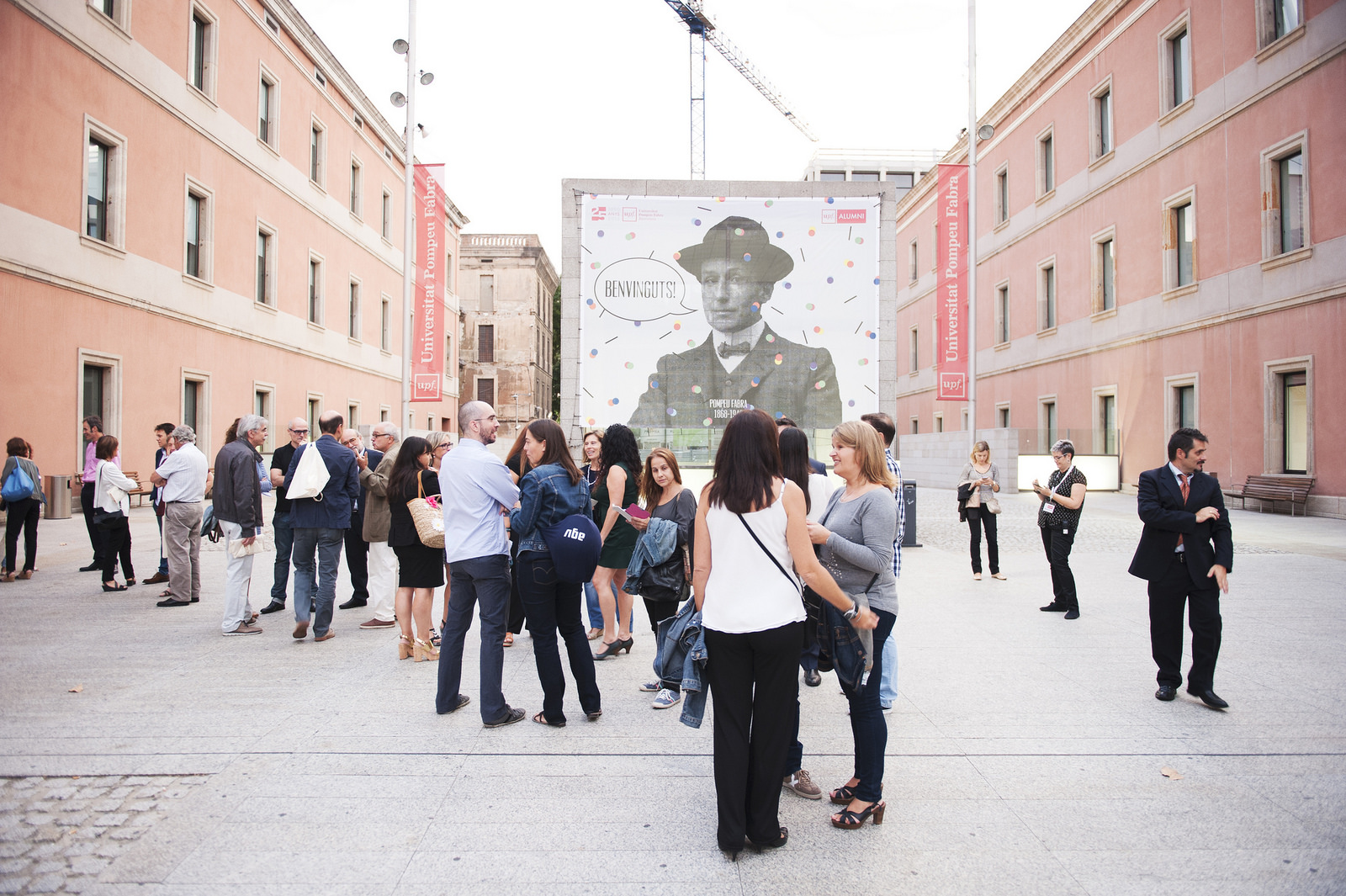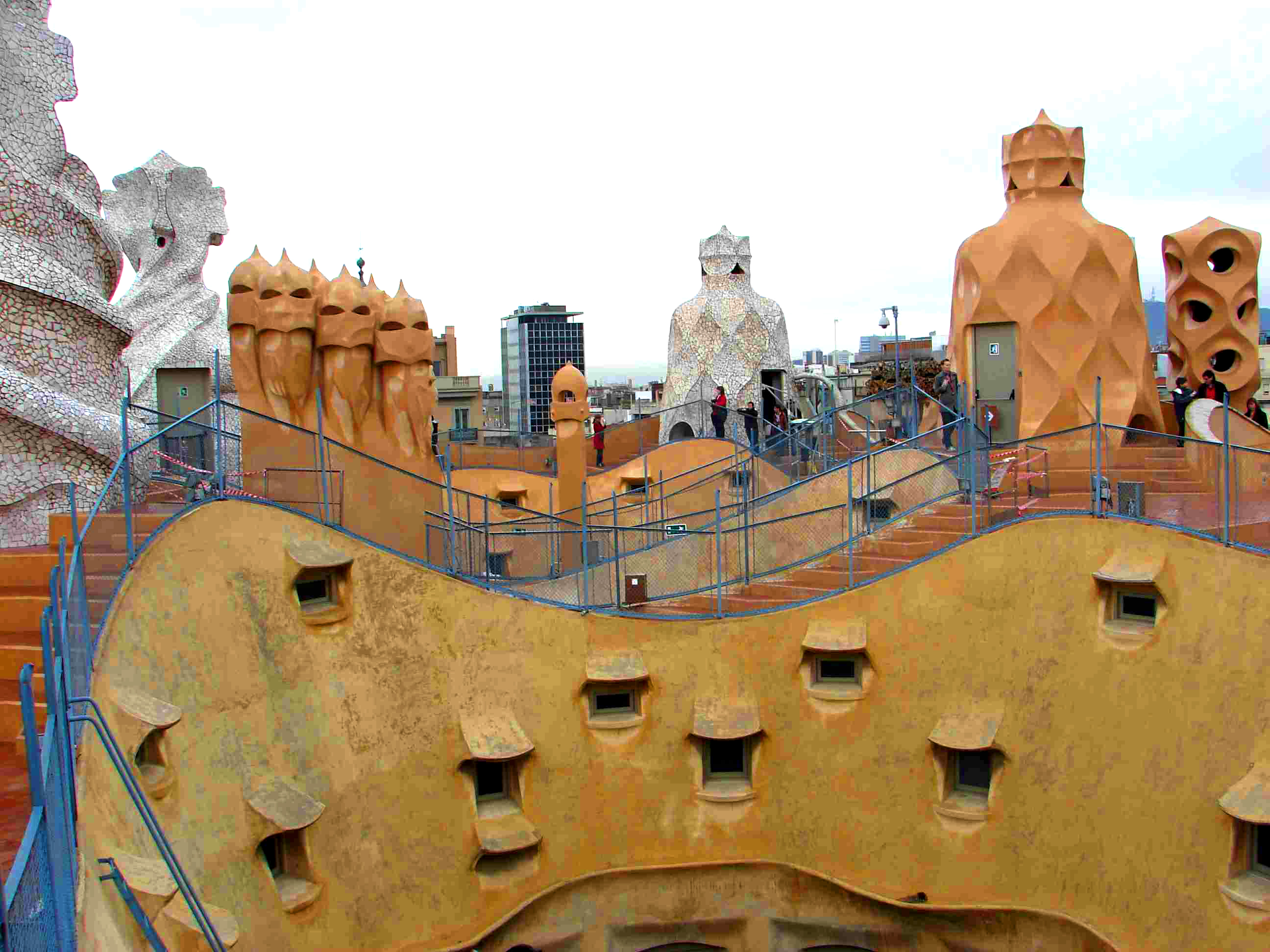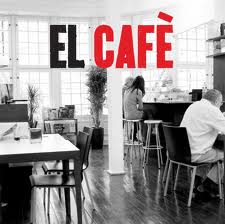


For a visitor to Barcelona, or for those who have been in the city for a while and looking to extend their exploration of its spectacular buildings, the conversion of the Dipòsit de les Aigües to a space within the UPF general library is well worth the trip.
Table of Contents
What’s the history?
The Dipòsit de les Aigües was designed in 1874 by architect Josep Fontserè, as a reservoir building to store water for the nearby Parc de la Ciutadella, which is one of the largest green spaces in Barcelona with a lake and landscaped gardens. The aquatic features of the park were once served by the reservoir building that now forms part of the UPF general library.
The original building was similar to that found in large Roman reservoirs, almost identical to the impressive Piscina Mirabile in Bocoli, near Naples. But there’s one important difference between the two buildings: the water for the Piscina Mirabile was stored below the arches and thus the structure had to sustain only its own weight. However, Fontserè designed the arches of the Dipòsit de les Aigües to hold 10,000 tons of water at a height of 17.5 meters above the level of the floor.
Interestingly, one of the assistants who helped Fontserè with the structural calculations was a young Antoni Gaudí, who later became famous for building the Sagrada Família, one of Barcelona’s icons.
Related article: Important Catalan Architects
Once there was no longer a requirement for the reservoir’s use for the Parc de la Ciutadella and prior to its conversion to the general library at UPF, the building was used as an exhibition space, archive of the Criminal Court hospital and a film studio.
What’s there to see?



Universitat Pompeu Fabra describe it as a space combining two elements: modernity and quality. The first is a commitment to the needs of the university community, while the element of quality is the result of a skilful adaptation of the space to its new use. The conversion has been designed to induce a sense of tranquility and silence similar to a monastic space.
Who can go and when?
The Dipòsit de les Aigües within the UPF general library is open to the public from Monday to Friday from 8.00am and over the weekends from 10.00am.
How to get there?
UPF is close to the Marina metro station and Ciutadella | Vila Olimpica metro station. When you’re inside the main entrance of the library, which is located at the Jaume I building on Carrer de Sardenya, simply follow the signs marked Dipòsit de les Aigües.





















Leave a Comment